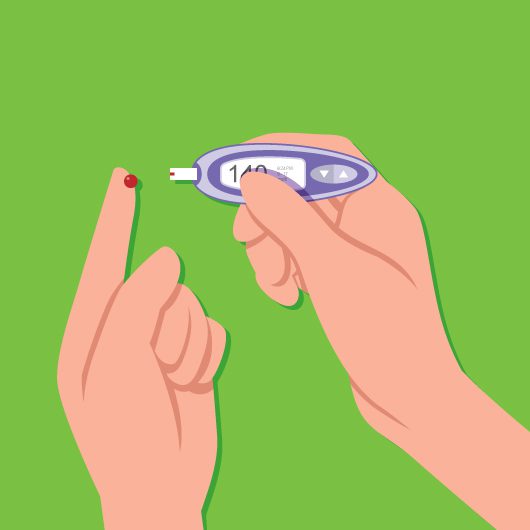ما هو الحمل العنقودي؟


- Molar pregnancies are very rare cases when a growth forms in the uterus as a result of an abnormal pregnancy.
- Due to chromosome complications, the baby does not develop.
- Molar pregnancies can be detected by a scan or a hCG blood test.
- The molar mass is removed by surgical procedure known as D&C, performed under general anesthetic.
What is a Molar Pregnancy?
A molar pregnancy is an abnormal pregnancy in which a growth forms on the wall of the uterus and a baby doesn’t develop.
The non-cancerous mass, or tumour, is formed when a sperm fertilises an egg, but due to a chromosomal complication, abnormal trophoblast cells form a growth in the uterus. Trophoblast cells would normally connect the fertilised egg to the wall of the uterus and create part of the placenta.
There are two types of molar pregnancy:
- In a complete molar pregnancy, the sperm with the father’s DNA fertilises an egg that doesn’t contain the mother’s DNA. Fetal tissue doesn’t form and the placenta grows abnormally, forming fluid-filled cysts sometimes described as looking like grapes on an ultrasound.
- A partial molar pregnancy is when there is some fetal tissue and an abnormal placenta. In this case a sperm or sperms fertilise a healthy egg but there are two sets of the father’s DNA in the fertilised egg.
A molar pregnancy is also known as a hydatidiform mole and is a gestational trophoblastic disease (GTD).
What is the cause of a molar pregnancy?
Molar pregnancies are rare and affect fewer than 1% of all pregnancies. Most women go on to have a healthy pregnancy after a molar pregnancy.
While the exact causes are unknown, UK charity Tommy’s says your risk is higher if you are under 20 or over 40 and they are twice as common in women of Asian origin. A previous molar pregnancy increases your chance of having another molar pregnancy to around 1 in 80 from 1 in 600. This increases to 1 in 5 after two molar pregnancies.
Are there any signs or symptoms of a molar pregnancy?
Most molar pregnancies seem like healthy pregnancies at the start and in many cases women will only discover their pregnancy is hydatidiform mole during their 12-week tests and scan. That said, some women do experience miscarriage symptoms during the first trimester and you should call your doctor if you experience any of the following:
- Vaginal bleeding;
- Severe nausea and vomiting;
- An unusually swollen abdomen for the time of pregnancy;
- Pelvic pain or pressure;
- High blood pressure or signs of preeclampsia such as swollen feet or hands.
In rare cases a molar pregnancy can lead to a malignant gestational trophoblastic neoplasia (GTN).
How is a molar pregnancy diagnosed?
A blood test will measure the amount of hCG (human chorionic gonadotrophin (hCG), a hormone made by the body during pregnancy. High levels of hCG are often linked with a molar pregnancy. The medical team will monitor for a fetal heartbeat and carry out an ultrasound and pelvic examination.
Molar Pregnancy Treatment and follow-up
The molar tissue is removed with dilation and curettage (D&C), a surgical procedure to remove tissue from the uterus and the same procedure carried out following a miscarriage. Your healthcare team will monitor your recovery.
A molar pregnancy is a distressing experience. Women who have had one molar pregnancy will understandably be concerned about having the same experience if they conceive again. Medical and counselling support is available and if you have any concerns about your pregnancy and the health of your developing baby you should contact your healthcare team immediately.
Molar pregnancies or miscarriage, though rare, can happen to anyone. Learn about your body and take a women’s health test.
Nabta is reshaping women’s healthcare. We support women with their personal health journeys, from everyday wellbeing to the uniquely female experiences of fertility, pregnancy, and menopause.
Get in touch if you have any questions about this article or any aspect of women’s health. We’re here for you.






































